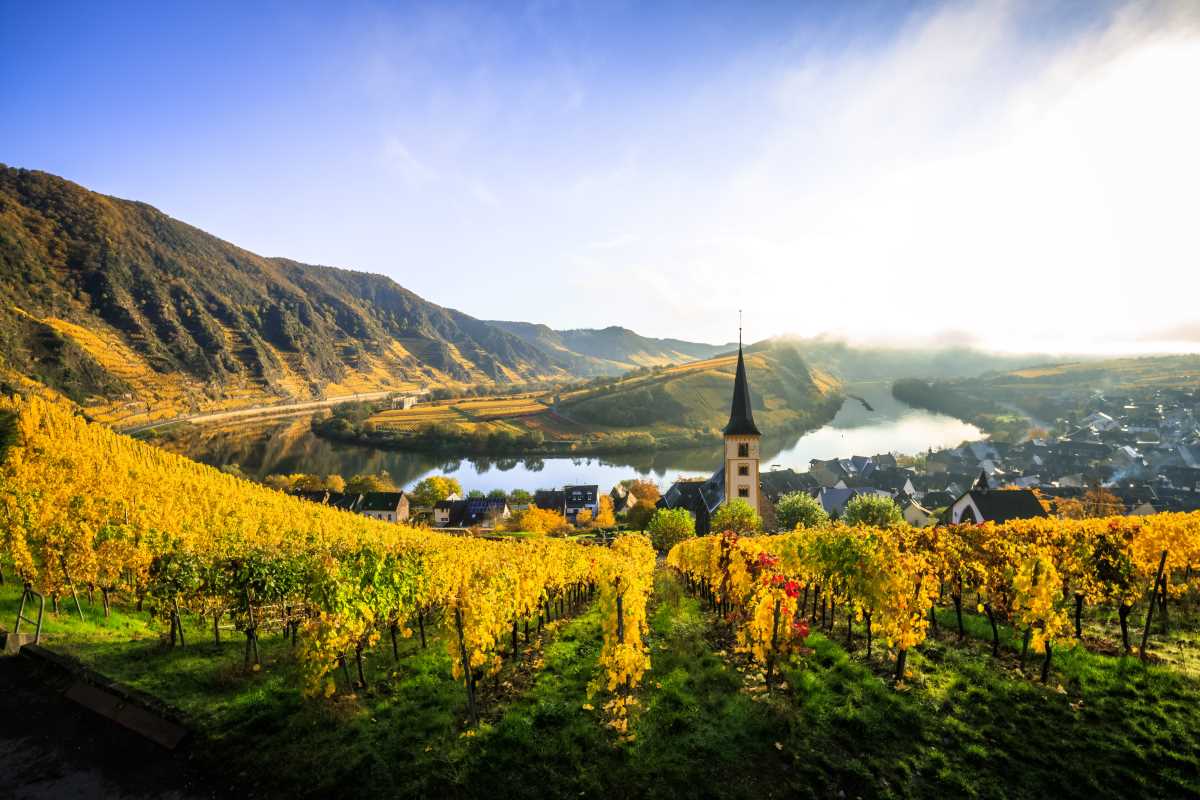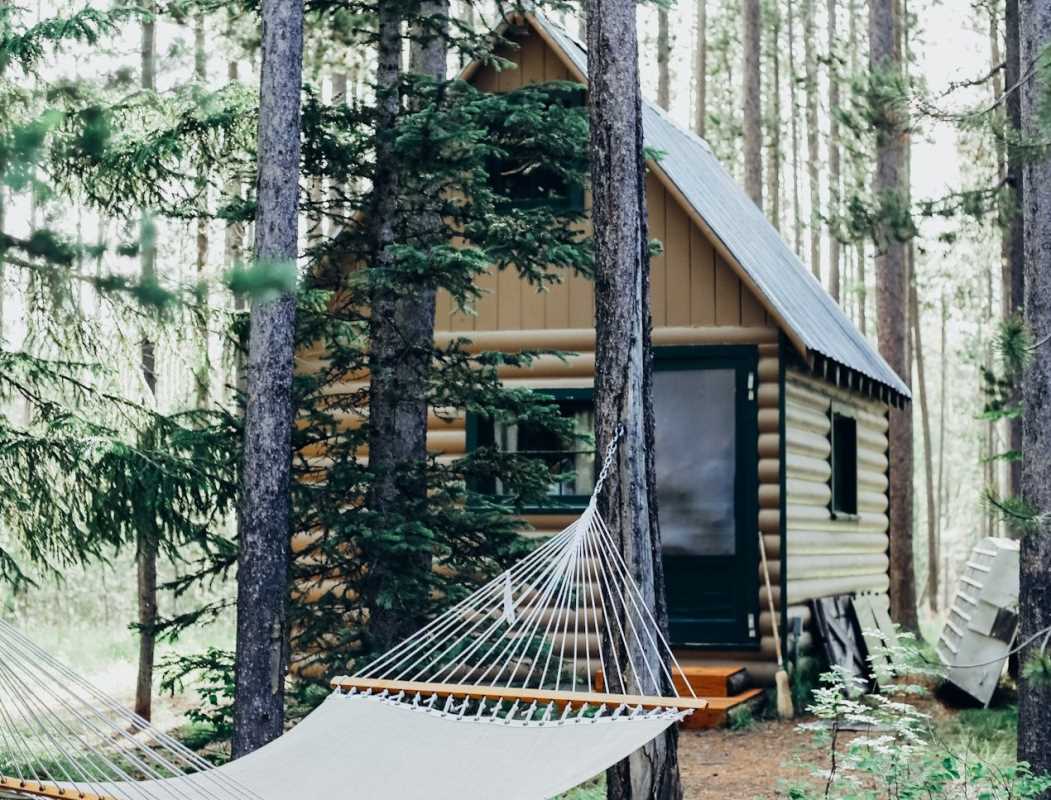There’s something magical about uncovering hidden landscapes during your travels. Tucked-away beaches, secluded valleys, and charming mountain vistas hold a unique allure, just waiting to be caught on camera. But getting your camera to do justice to these hidden gems? That’s no easy task. The good news? With a little creativity and the right techniques, you can capture these secret spots in a way that really tells their story. Whether you’re a beginner or a seasoned photographer, here are some practical and easy-to-follow tips to level up your travel photography and make sure those hidden landscapes shine.
Choose the Right Time and Light
Chase the Golden Hours
Lighting can make or break your shot, and when it comes to landscapes, the time of day you shoot matters. The “golden hours” (sunrise and sunset) are your best friends. These times of day create soft, warm light that adds depth and drama to your photos. For example, if you’re photographing a hidden beach at sunrise, the golden glow can bring out the textures of the sand and waves. Shooting during these hours often eliminates harsh shadows, which can distract from the scene.
Cloudy Days Aren’t Bad Days
Don’t cancel your shoot just because it’s overcast. Clouds can create a moody atmosphere, perfect for adding emotion to your shots. They also diffuse sunlight, making colors pop in your photographs. A fog-covered valley or a rainy wooded path can turn into an excellent subject when you work with the weather instead of against it.
Frame with Intention
Play With Foreground, Middle Ground, and Background
To keep your landscape shots looking dynamic, think about layering your composition. For instance, when photographing mountain ranges, include some vibrant flowers in the foreground or a stream leading into the background. This layering adds dimension and prevents your picture from looking flat.
Find Natural Frames
A secret weapon for highlighting your subject is using natural framing. Look for arching tree branches, cave openings, or even windows in abandoned buildings to create a frame around your central focus. This technique helps guide the viewer’s eye straight to the hidden landscape you’re capturing.
Master the Art of Perspective
Change Your Angle
Sometimes, the best way to reveal a hidden gem is to think outside the box when it comes to your angle. For example, instead of taking a straight-on shot of a valley, climb a hill for a bird’s-eye view, or crouch low to the ground to emphasize small details like scattered wildflowers.
Use Leading Lines
Leading lines are lines within a photo that guide the viewer’s eyes toward the main subject. These can be anything from winding trails to a row of trees disappearing into the horizon. When used correctly, they create a sense of depth and movement, making your hidden landscape feel alive.
Learn to Tell a Story
Incorporate Small Details
Hidden landscapes often include small, charming elements that help tell their story. Maybe it’s a moss-covered rock standing quietly in a forest or an old wooden bridge connecting two trails. Zoom in on these features to complement your wide-angle shots of the entire scene. Showing the “big picture” along with close-ups creates a more complete narrative about the place.
Add a Human Element
Including people in your photos can add scale and relatability to your shots. For instance, a hiker standing on a ridgeline can emphasize the vastness of a mountain range. It’s also an excellent way to subtly include yourself in your travel photography while still keeping the focus on the landscape.
Gear Up for Success
Pack Light and Smart
Traveling with bulky equipment can slow you down and make it tougher to explore truly hidden spots. A lightweight camera, like a mirrorless model, paired with a versatile lens (a wide-angle one works wonders for landscapes!) is all you really need.
Use a Tripod for Stability
A compact tripod is essential for low-light photography, especially during golden hours or if you’re shooting long exposures of waterfalls or starry skies. A steady tripod lets you slow down your shutter speed without worrying about blur.
Edit Intentionally
Editing is bringing your artistic vision to life. Apps like Lightroom Mobile or Snapseed allow you to adjust exposure, colors, and contrast to make your landscape pop. Be sure to avoid over-editing, though. Too much saturation or sharpening can make your photo look artificial, detracting from the natural beauty of the hidden gem you’ve captured.
Seek Out Hidden Gems
Go Off the Tourist Path
Hidden landscapes often aren’t listed in travel brochures. Scout out lesser-known areas by exploring online travel forums, social media, or asking locals for recommendations. Take a short hike away from crowded viewpoints or wander side roads where tourists rarely venture.
Use Apps and Maps
Technology can be surprisingly helpful in finding hidden spots. Apps like AllTrails can guide you to scenic hikes, while Google Earth offers a bird's-eye view to locate potential photo-worthy spots. Even Instagram can work as a scouting tool. Search hashtags or geolocations to discover breathtaking but under-the-radar places.
Practice Patience and Flexibility
Sometimes the most stunning hidden landscapes require waiting for the perfect moment. Maybe you’re waiting for fog to lift or for the tide to go out on a secret beach. Stay flexible, be open to changes, and enjoy the process. Remember, half the adventure of capturing hidden landscapes is immersing yourself in the surroundings and truly appreciating them.







